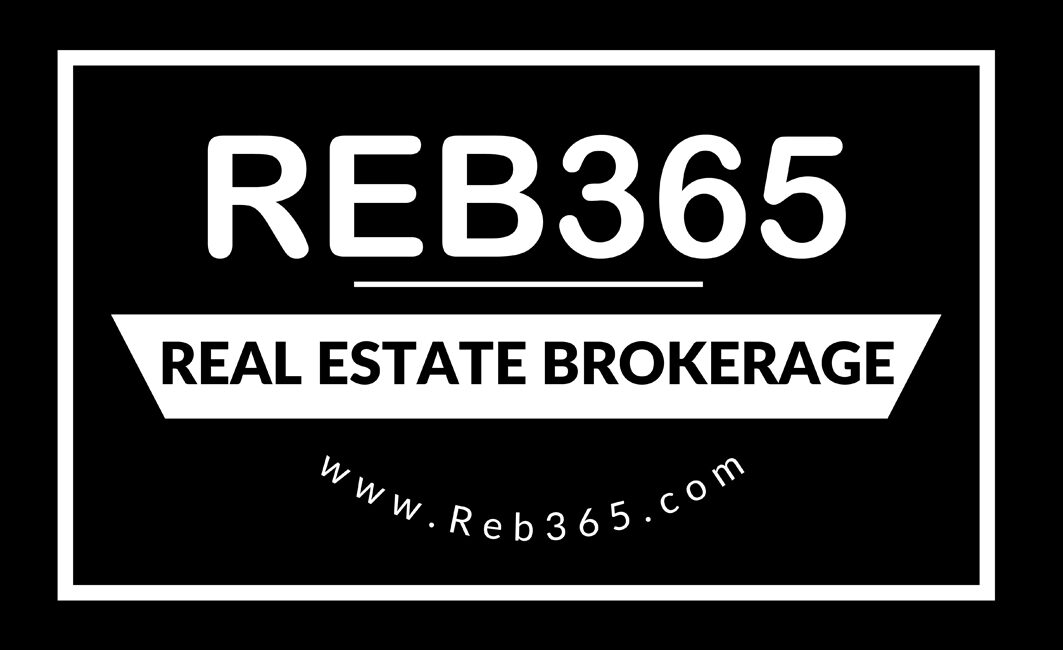A recent analysis from the National Association of Home Builders examined the recent uptick in the cost of building materials, which climbed 1.5% in December per the Bureau of Labor Statistics. The overall increase was driven largely by the rising cost of lumber.
The price of softwood lumber has increased nearly 45% since September, per the data from the federal government. Other data suggests that the price mills are charging for lumber used to frame homes has tripled since August.
Not only is that the highest average monthly change over a two-year span since this data first started being collected in 1947, but it is nearly three times the previous record, according to the report.
‘The cost volatility you see in the construction space is in part responsible for some of the price gains in the overall housing market.’
That volatility is producing ripple effects throughout the housing market—a market that is currently struggling due to the record-low inventory of homes for sale.
“When you introduce the cost volatility that you see in major products like lumber, it just makes it that much more difficult for builders to expand their level of home construction, which in turn, reduces the available inventory in the market,” said Robert Dietz, chief economist at the National Association of Home Builders. “So the cost volatility you see in the construction space is in part responsible for some of the price gains in the overall housing market.”
It’s difficult to undersell the importance of lumber to home builders. All told, 90% of the single-family homes built in this country are wood-framed, Dietz said. Comparatively, just 9% are concrete-framed, while the rest are steel-framed.
“As goes the lumber industry, so goes pacing and pricing of single-family home-building,” Dietz said.
In the most direct sense, the volatility in lumber prices has contributed to the higher cost of newly-built homes. The median price on these homes was up 19% year-over-year as of November, the most recent month for which data is available.
‘Higher costs for lumber and other building materials are often passed on to the buyer in the form of higher new-home prices.’
“Higher costs for lumber and other building materials are often passed on to the buyer in the form of higher new-home prices,” said Odeta Kushi, deputy chief economist at First American Financial Corp. “The challenge for builders is how they deal with higher material costs, while keeping new house prices within reach for buyers, particularly in a rising-rate environment.”
The uncertainty in material pricing has the most adverse effect on entry-level housing, Dietz said, because these buyers are more price-sensitive.
And to a degree, the volatility could sway builders toward constructing higher-end homes, since the additional costs are more easily absorbed.
Of course, lumber isn’t just used to build single-family homes. It’s also used to remodel existing homes and to frame individual apartments in multifamily buildings. So to the extent that those activities are also slower or more expensive because of the availability and pricing of wood, it will have ripple effects into the rental market, too.
The defining feature of today’s housing market, whether you’re a home buyer or a renter, is it’s hard to come by affordable options. It’s a reflection of how undersupplied the housing market is—according to Realtor.com, the nation is short some 5.2 million housing units.
“This housing shortage results from the fact that we have seen more new households than new homes over the last decade, and even in the absence of supply-chain challenges and input-price volatility that shortage has stressed the housing market,” said Danielle Hale, chief economist at Realtor.com.
Given how important home-building is in that context, anything that gets in the way of construction will have an outsized impact on households across the country.


